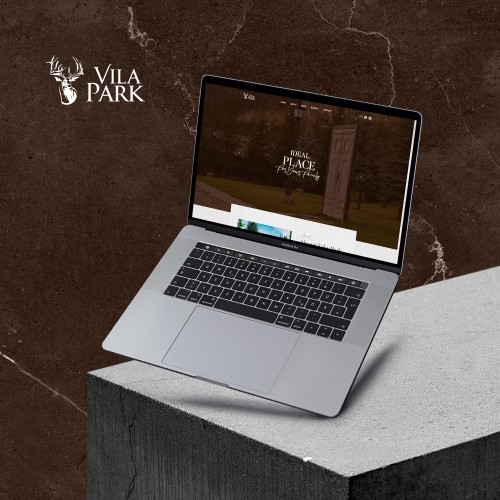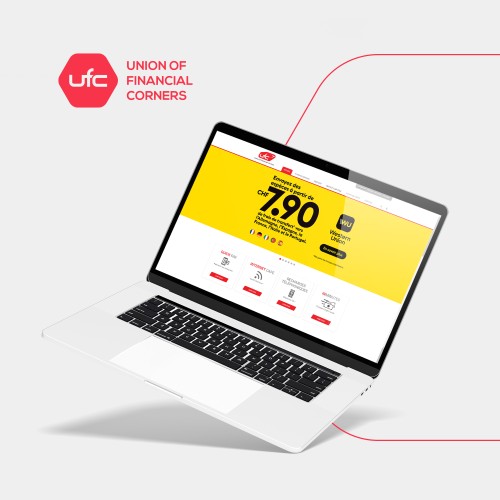Web Design
Web design is the process of planning, creating, and organizing the appearance, functionality, and user experience of websites on the internet. The internet serves various purposes, such as accessing information, interaction, entertainment, and commerce, and web design plays a significant role in this digital realm.
The fundamental components of web design can include:
User Experience (UX) Design:
Designing to ensure that your website is easy to navigate, accessible, and comprehensible for users. UX design aims to enhance the experience users have when visiting your website.
Visual Design:
The selection of color schemes, typography, images, and other graphical elements to make your website visually appealing and aligned with your brand.
Responsive Design:
An approach to design that ensures your website displays properly on different devices (computers, tablets, smartphones) and screen sizes. This enables users to comfortably access your website on any device.
Content Management:
Editing and managing the content on your website, including text, images, videos, etc. Content helps users understand the purpose of your website and find the information they seek.
Interaction Design:
Designing elements, such as buttons, forms, and other tools, that enable users to interact with your website. This simplifies users' ability to perform desired actions on your website.
Performance and Speed Optimization:
Ensuring that your website loads quickly and performs well enhances the user experience and can improve search engine rankings.
Security:
Website security is crucial to protect user information and data. Preventing security vulnerabilities and keeping software up to date is part of this process.
SEO (Search Engine Optimization):
Content and technical optimizations to improve your website's ranking on search engines. This can help attract more visitors to your website.
Getting impressed with our services?
The Premium Services that we Offer









